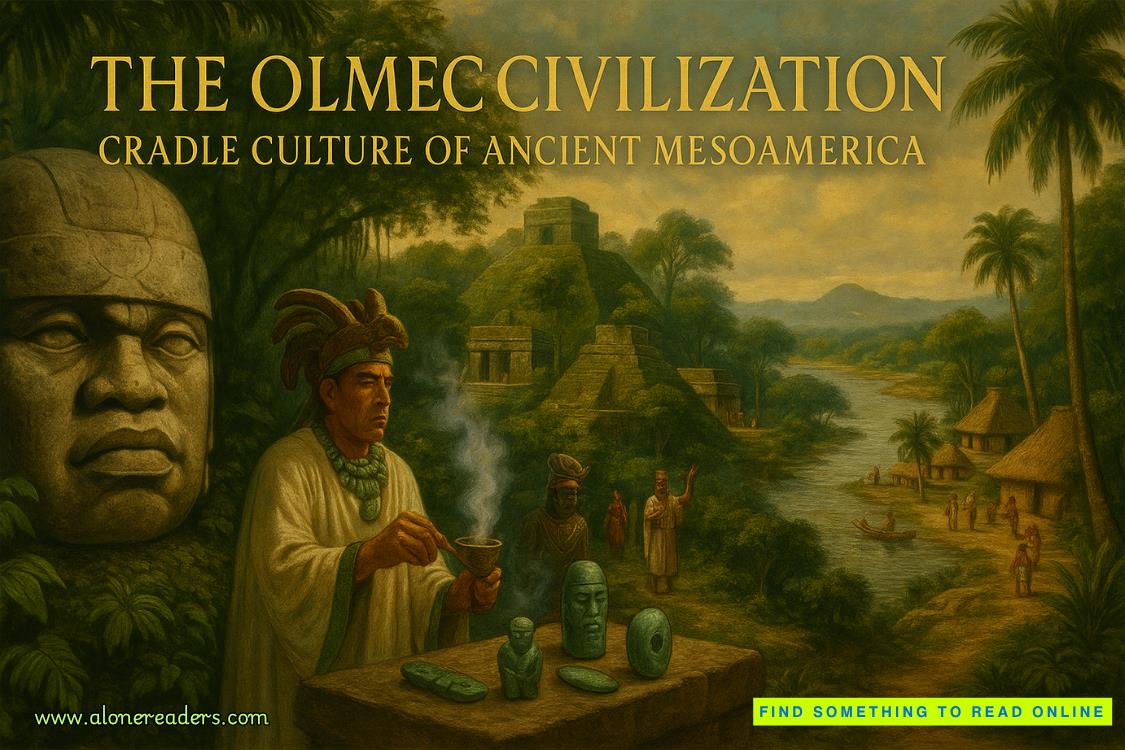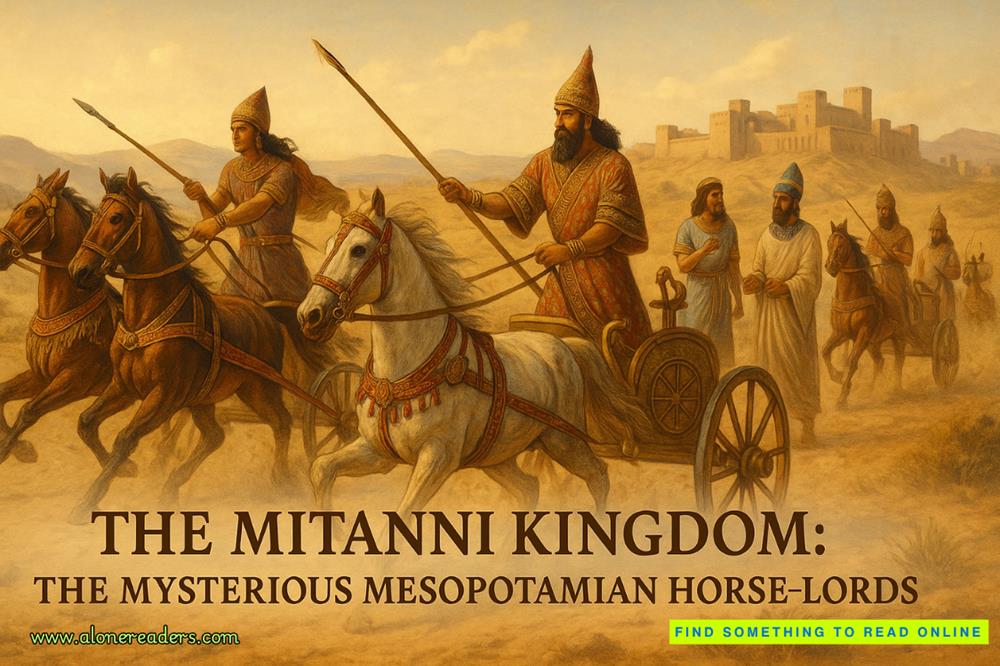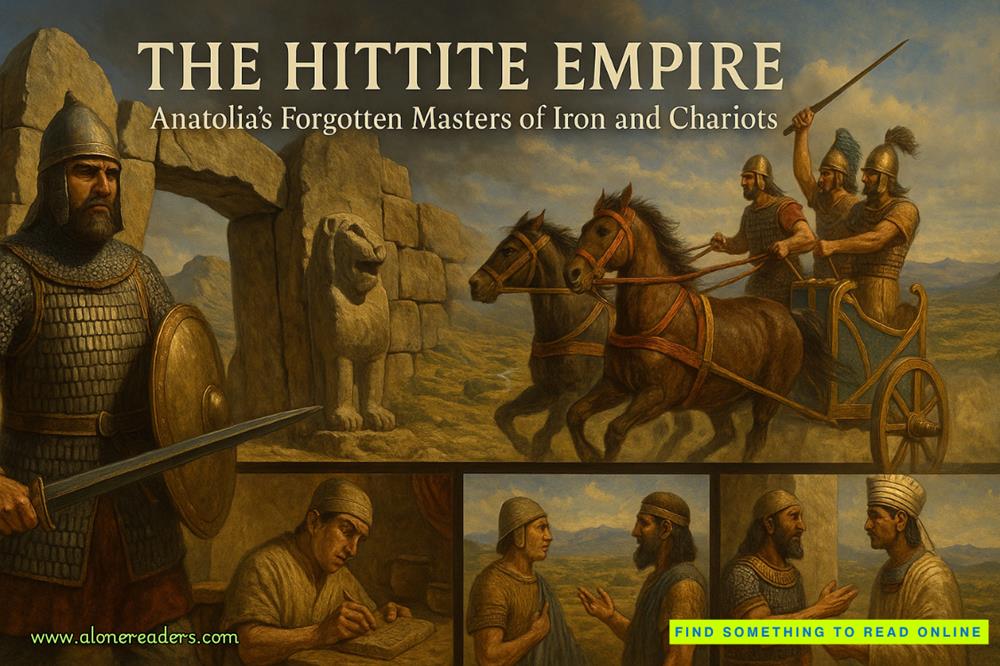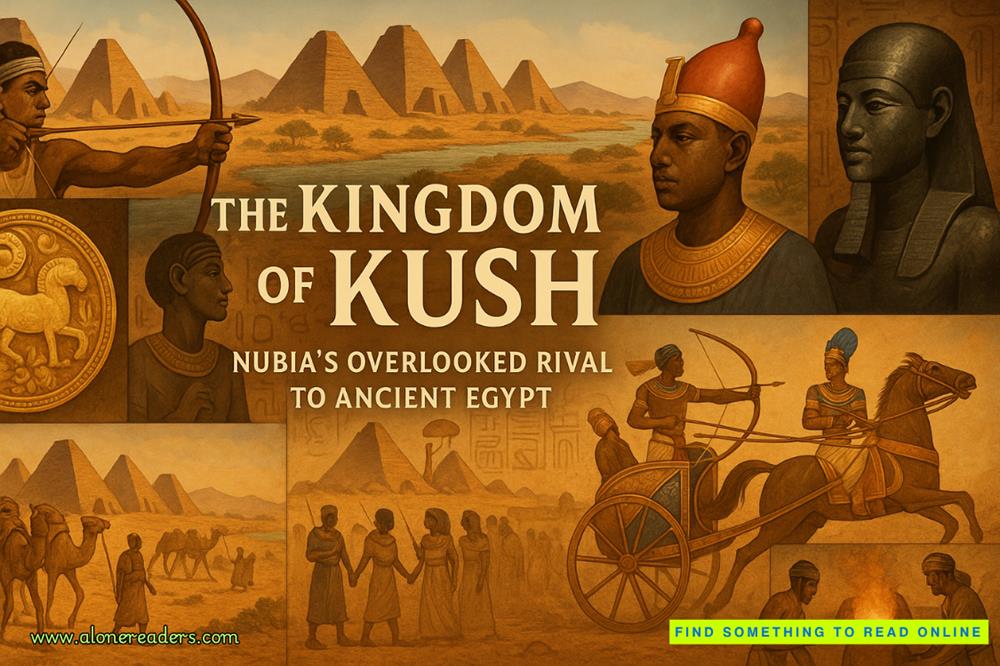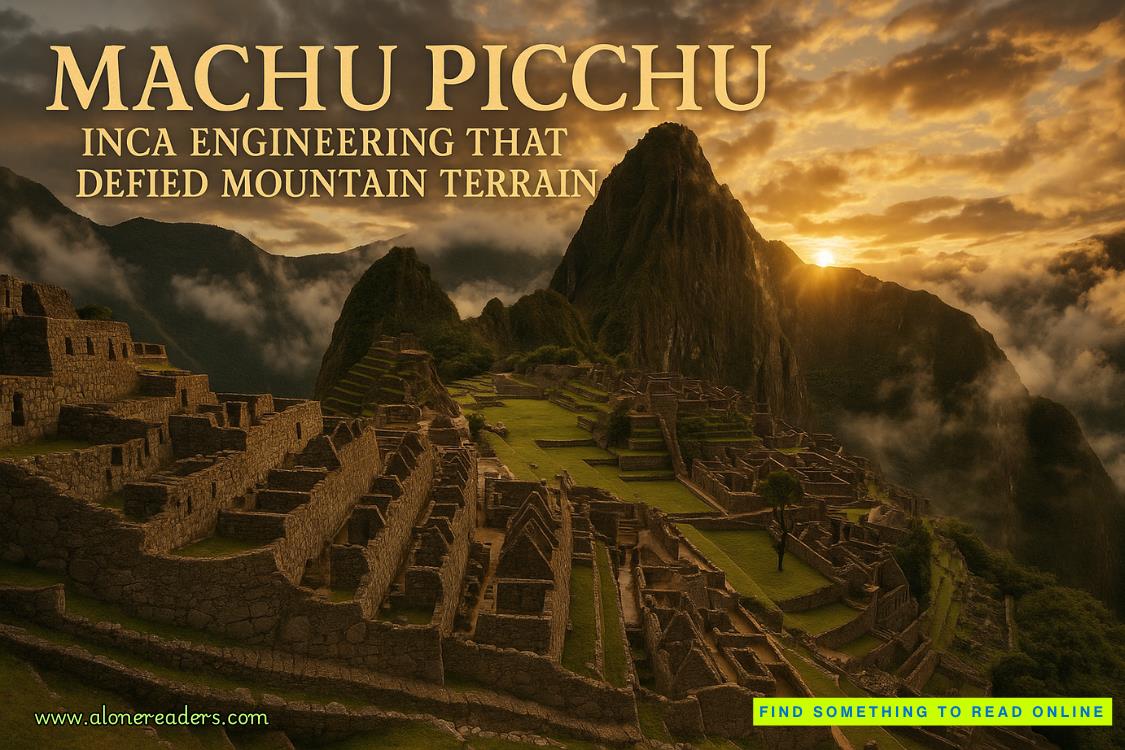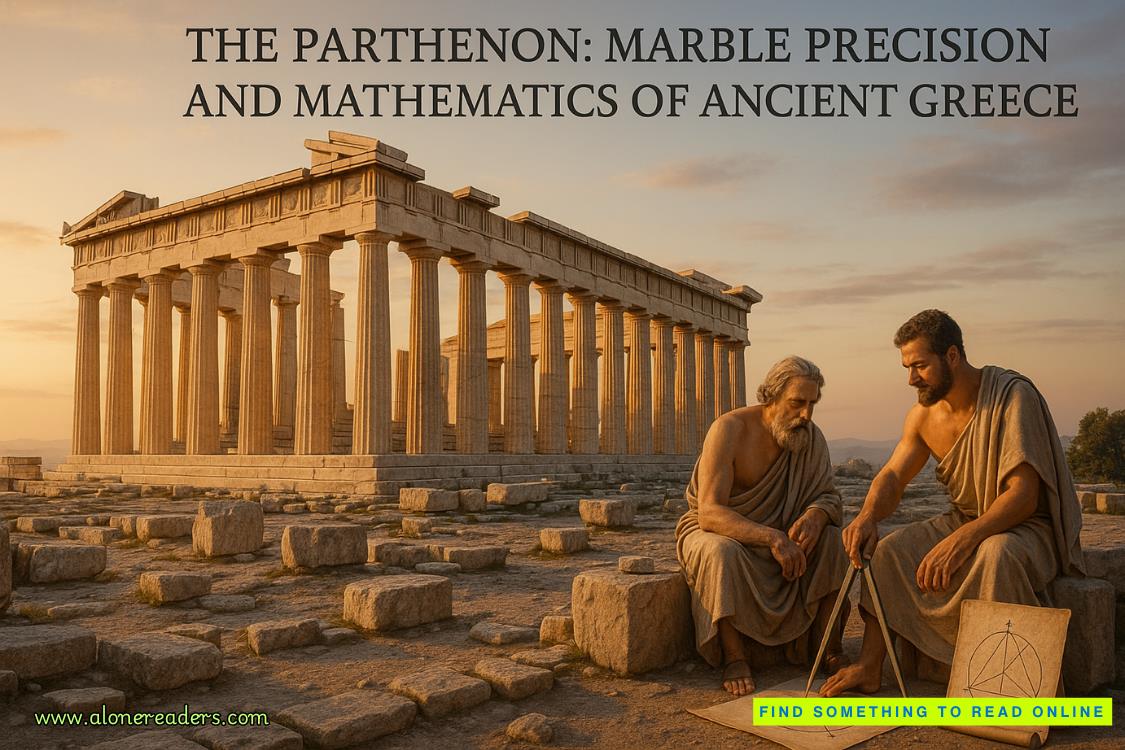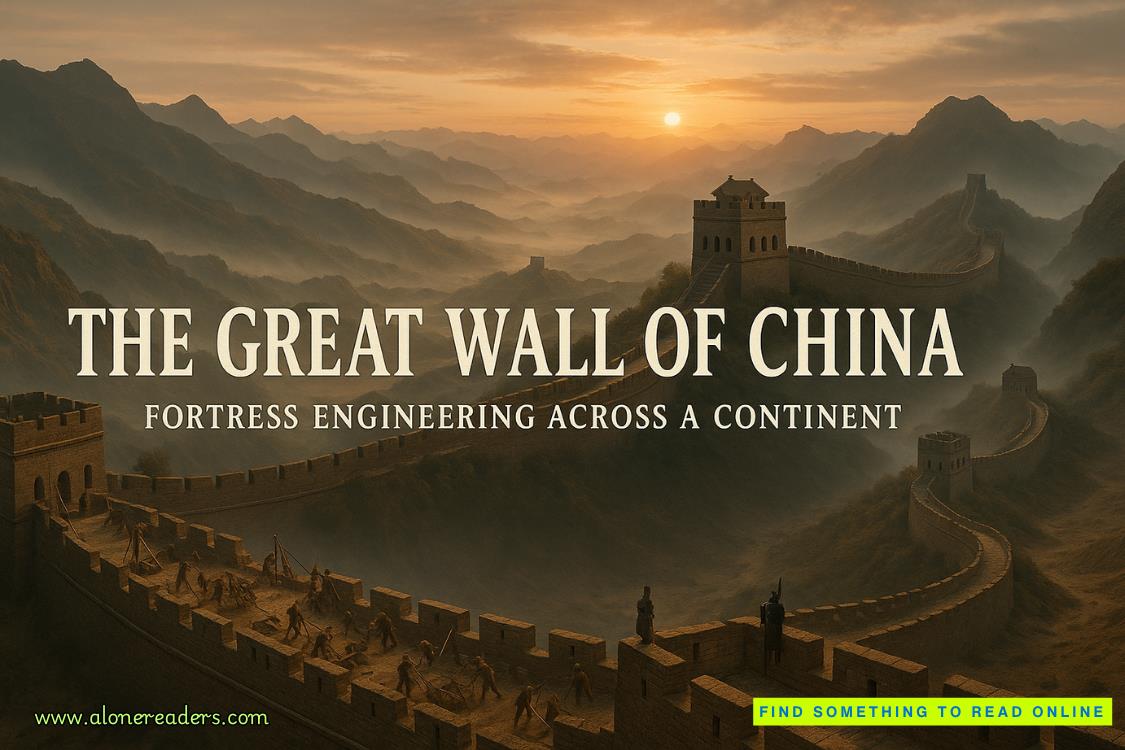Page 7 of Treasure of Khan (Dirk Pitt 19)
"Tsendyn, you handle the excavation," Hunt barked, waving away the other laborers. As the Mongolian jumped into the trench and carefully began scraping the dirt away with a trowel and brush, Hunt retrieved a notebook and pencil. Thumbing to a hand-drafted sketch of the localized area and trench, he neatly outlined the object in its discovered location. Flipping to a blank sheet, he then began sketching the artifact while Tsendyn gently dug around it.
As the dirt and dust fell away, Hunt could see that the object was in fact a yellow lacquered wooden box. Every square inch was painted with delicate images of animals and trees in elaborate detail, trimmed with inlaid mother-of-pearl. Hunt noted with curiosity that an elephant was depicted on the lid. Carefully scraping the dirt away to its base, Tsendyn gently lifted the box out of the sediment and placed it on a flat stone outside the trench.
The Chinese laborers all stopped their digging and crowded around the ornate box. Most of their discoveries to date consisted of little more than broken shards of porcelain and the occasional jade carving. This was easily the most impressive item uncovered in their three years of digging.
Hunt studied the box deliberately before taking it in his hands and lifting it. Something heavy was inside, which shifted as he moved the box. With his thumbs, he could feel a seam midway around the shallow sides and gently tried to separate the lid. The box, sealed for nearly eight hundred years, protested at first and then slowly opened. Hunt set the box down and gingerly worked his fingers around the entire edge, then pulled on the lid until it creaked off. Tsendyn and the laborers all leaned in as if in a football huddle, peering to see what was inside.
Two objects were nestled in the box and Hunt removed them for all to see. A spotted animal skin, colored black and yellow in the camouflage pattern of a leopard or cheetah, was rolled up like a scroll, the ends tied together with leather straps. The other item was a patinated bronze tube, sealed at one end, but with a removable cap at the other end. The Chinese workers all grinned and chuckled at the sight of the objects, not knowing what significance they held, but assuming correctly that they had some importance.
Hunt set down the cheetah skin and examined the heavy bronze tube. It had aged a deep green color, which only enhanced the elaborate image of a dragon that stretched along its length, the tail of the imaginary beast curled around the capped end of the tube like a coil of rope.
"Go ahead, open it up," Tsendyn urged with excited impatience.
Hunt easily pried off the end cap, then held the tube up to his eye, peering in. He then turned the open end toward the ground and carefully shook the tube, catching with his open left palm the contents as it slid out.
It was a rolled-up bolt of silk, dyed a pale blue. Tsendyn shook clean a nearby blanket and spread it across the ground at Hunt's feet. The archaeologist waited for the dust to clear, then knelt down over the blanket and carefully unfurled the silk roll to its full length of nearly five feet. Tsendyn noticed the normally unflappable archaeologist's hands trembled slightly as he smoothed out the creases in the silk.
A picturesque landscape scene was painted on the silk, portraying a mountaintop with deep valleys, gorges, and streams depicted in beautiful detail. But the silk was obviously much more than an ornamental work of art. Along the left border was a sizeable section of text that Hunt recognized as Uighur script, the earliest Mongolian written language adopted from early Turkish settlers to the Asian Steppes. On the right margin was a sequence of smaller images, depicting a harem of women, herds of horses, camels, and other animals, and a contingent of armed soldiers surrounding several wooden chests. The landscape portion of the painting was bare of life except for a lone figure at the very center of the silk roll. Standing on a small mountain rise was a Bactrian camel draped with a saddlecloth inscribed with two words. Oddly, the camel was painted weeping, shedding oversized tears that fell to the ground.
As he studied the silk painting, a band of sweat formed across Hunt's forehead. He suddenly felt his heart thumping loudly in his chest and he had to force himself to take a deep breath of air. It just couldn't be, he thought.
"Tsendyn . . . Tsendyn," he muttered, nearly afraid to ask. "It is Uighur script. Can you read what it says?"
&n
bsp; The Mongol assistant's eyes grew to the size of silver dollars as he, too, grasped the meaning of the image. He stuttered and stumbled as he tried to translate for Hunt.
"The wording on the left is a physical description of the mountainous region in the painting. 'At home atop Mount Burkhan Khaldun, nestled in the Khentii Mountains, our emperor sleeps. The Onon River quenches his thirst, between the valleys of the doomed.' "
"And the inscription on the camel?" Hunt whispered, pointing a shaky finger at the center of the painting.
"Temujin khagan," Tsendyn replied, choking the words out in a hushed tone of reverence.
"Temujin." Hunt repeated the word as if in a trance. Though the Chinese laborers failed to comprehend, Hunt and Tsendyn realized with shock that they had made a discovery of astounding proportions. A wave of emotion surged over Hunt as he digested the enormity of the silk painting. Though he tried to mentally question its content, the power of the description was just too overwhelming. The weeping camel, the offerings depicted on the side, the locale description. Then there was the name on the camel's back. Temujin. It was the birth name of a tribal boy who became the world's greatest conqueror. History would remember him by his royally appointed moniker: Genghis Khan. The ancient silk painting before them could be nothing other than a diagram of the hidden burial site of Genghis Khan.
Hunt collapsed to his knees as the realization of the find sunk in. The grave of Genghis Khan was one of the most sought-after archaeological sites in history. In an amazing tale of conquest, Genghis Khan had united the Mongol tribes of the Asian Steppes and expanded on a march of conquest the likes of which have never been matched since. Between 1206 and 1223 A.D., he and his nomadic horde captured lands as far west as Egypt and as far north as Lithuania. Genghis died in 1227 A.D. at the height of his power, and was known to have been secretly buried in the Khentii Mountains of Mongolia, not far from his birthplace. In the Mongol tradition, he was buried secretly with forty concubines and untold riches, the grave site carefully concealed by his subjects after interment. Ordinary foot soldiers who accompanied the cortege were put to death, while their commanders were sworn to silence upon threat of similar punishment.
Any hint as to the location of the grave site vanished as those in the know expired, keeping their loyal vow of silence to the very end. Only a camel, or so the legend went, tipped off the location a decade or so later. A Bactrian pack camel, known to be the mother of a camel interred with the great leader, was found weeping at a spot in the Khentii Mountains. The camel's owner realized it was crying for its lost son buried beneath its feet, in the same location where Genghis Khan must be entombed. Yet the fable ended there, the secret kept with the herder, and the grave of Genghis Khan left undisturbed in the Mongolian mountains of his birth.
Now the legend was whisked to life in the silk painting before Hunt's eyes.
"This is a most sacred find," Tsendyn whispered. "It will lead us to the tomb of the Great Khan." Tsendyn spoke with a reverence that bordered on fright.
"Yes," Hunt gasped, imagining the fame that would sweep his way if he led the discovery of Genghis Khan's grave.
Suddenly fearful of exposing the significance of the silk to the Chinese laborers, one of whom might have an eager bandit in the family, Hunt hastily rerolled the fabric into the tube and replaced it in the lacquered box with the cheetah skin. He then wrapped the box in a cloth and secured it in a large leather satchel, which stayed clasped in his left hand for the rest of the day.
After riddling the earth where the box was recovered and finding no other artifacts, Hunt reluctantly ordered a halt to the dig. The laborers quietly stowed their picks, shovels, and brushes into a wooden cart then stood in line for their meager salary. Though paid just pennies a day, several of the men had actually fought over the physically demanding jobs, which were a rare commodity in the poverty-stricken Chinese provinces.
With the equipment and artifacts secured in a trio of wooden carts and the Chinese laborers dismissed, Hunt retired to his canvas tent after dinner with Tsendyn and packed up his belongings. For the first time, an uneasiness fell over him as he documented the day's events in his personal journal. With the last minute discovery of the valued artifact, he suddenly became more cognizant of the dangers around him. Looters and bandits had wantonly robbed other excavations in Shaanxi Province, and a fellow archaeologist had been beaten and pistol-whipped by marauders seeking three-thousand-year-old bronze artifacts. Then there was the Japanese Army. Though they might not harm a British citizen, they could very well appropriate his work and artifacts. And who knows? Would the discovery of Genghis Khan's grave prove to be a curse for him, as many claimed it was for Lord Carnarvon and the crew that discovered the grave of King Tut?
With the satchel containing the wooden box safe under his cot, he slept fitfully, the myriad of thoughts banging around his head like a blacksmith's hammer. The night was made more ominous by the howl of a shrieking wind that rocked the tent till dawn. Rising groggily at daybreak, he was relieved to find the satchel safe and sound under his cot, while, outside, there were no Japanese militants to be seen. Tsendyn was standing nearby, cooking some goat meat over an open fire with a pair of Chinese orphan boys who assisted the Mongol.
"Good morning, sir. Hot tea is at the ready." Tsendyn smiled, handing Hunt a cup of steaming brew. "All of the equipment is packed, and the mules are hitched to the carts. We can depart at your desire."
"Jolly good. Stow my tent, if you would, and take a good mind of the satchel under the cot," he said, taking a seat on a wooden crate and watching the sunrise as he enjoyed his tea.
The first distant artillery shell sounded an hour later as the remaining excavation party rolled away from the Shang-tu site aboard three mule-drawn wagons. Across the windswept plains stood the tiny village of Lanqui, just over a mile away. The caravan continued past the dusty town, joining a small trail of refugees headed west. Near noon, the mules clopped into the aged town of Duolun, where they stopped at a roadside hovel for lunch. Downing a tasteless bowl of noodles and broth that was sprinkled with dead bugs, they made their way to a large flat meadow at the edge of town. Sitting atop one of the wagons, Hunt peered overhead into a partly cloudy sky. Almost like clockwork, a faint buzz broke the air, and the archaeologist watched as a tiny silver speck grew larger against the clouds as it approached the makeshift airfield. As the airplane neared, Hunt pulled a handkerchief from his pocket and tied it to a stick, thrusting it into the ground as a primitive wind sock for the pilot to gauge the breeze.
